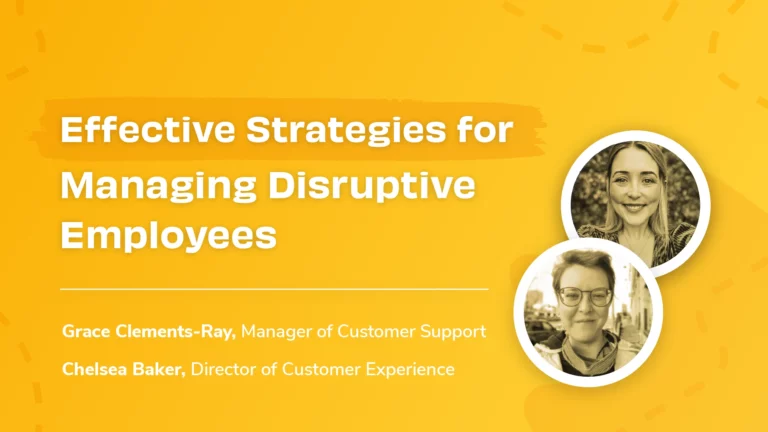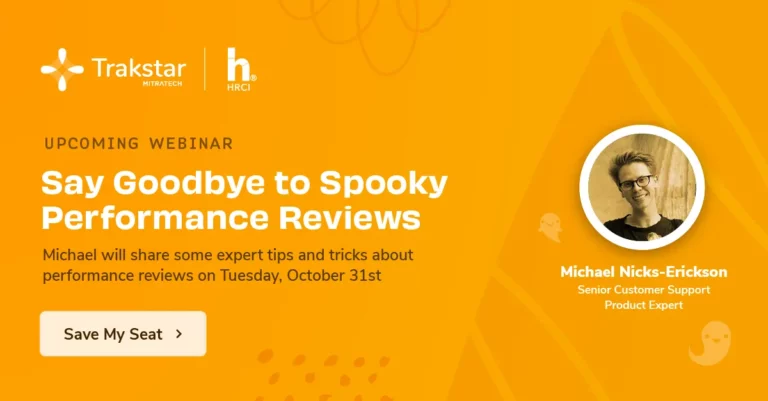
On-Demand Webinar
Fill this form to access the webinar.
Webinar Description
Key Takeaways
Session Speakers
Additional Resources
Effective Strategies for Managing Disruptive Employees
disruptive (adj.)
dis•rup•tive dis-‘rəp-tiv
(1) Disrupting or tending to disrupt some process, activity, condition, etc.
(2) Causing or tending to cause disruption
One of the most confusing, difficult questions leaders need to ask themselves is how to deal with difficult, disruptive employees. Having a single disruptive, difficult employee can quickly spread to the rest of a team, department, and even the entire workforce. This can lead to more significant issues surrounding culture, alignment, and outcomes. Disruptive behavior is also catching – you may have one disruptive employee, but that can lead to workplace bullying, negative behavior, and low employee morale.
No company is exempt from disruptive employees. Sometimes you make the wrong hire or someone changes after being in a workplace for some time. Whatever the situation, it’s up to managers to handle the employee and prevent their attitudes and habits from spreading to the rest of the workforce. Managers and leaders must do more than model appropriate behavior and monitor the toxic employee. Often, an HR professional will need to be part of the solution.
That’s a ton of pressure!
Luckily, we have some effective strategies for managing disruptive employees, and we’re sharing them! Bad behavior isn’t uncommon in the workplace; we’ve all had a problem employee or two. Hear from some of our best people leaders to see how they’ve managed bullying, harassment, and bad behavior in the workplace.
Watch this webinar replay to learn more, including:
How to identify disruptive employees
Steps to take to keep high achievers with bad attitudes
How to rehabilitate disruptive employees
What to do after a disruptive employee leaves the company
Using performance improvement plans (PIPs)
How to document your journey
Key Takeaways
1
How to identify disruptive employees
2
Steps to take to keep high achievers with bad attitudes
3
How to rehabilitate disruptive employees
4
What to do after a disruptive employee leaves the company
5
Using performance improvement plans (PIPs)
6
How to document your journey
Session Speakers

Chelsea Baker
Director of Customer Experience
Chelsea Baker is the Director of Customer Experience at Trakstar. Day to day she’s working to solve sticky problems and increase customer happiness, or convincing you to read a new book. She loves talking about all things related to hiring, and managing remote teams.

Grace Clements-Ray
Manager of Customer Support
Grace Clements-Ray is the Manager of Customer Support at Trakstar, and spends her days supporting the team that supports you! She loves chatting about performance management and employee engagement. Additionally, we suspect she may actually be four raccoons in a trenchcoat.
